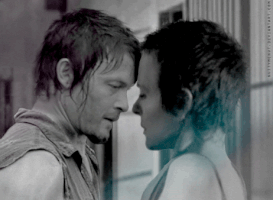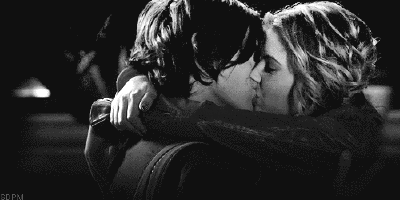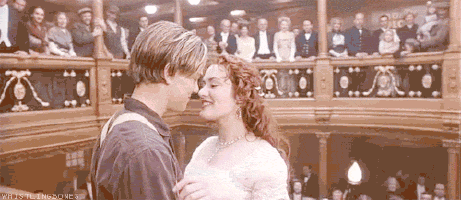Lean in, lock your lips and close your eyes – that’s the perfect recipe to a magical kiss! Lean in, yes, because you have to. Lips, check. But did you ever wonder why we close our eyes when we kiss and it somehow, essentially happens! A few seconds of eye contact and kissing can be powerfully intimate and erotic but for the rest (read: most) of it, our eyes just remain shut.
A study on vision and tactile sensory experience carried out by Royal Holloway, University of London revealed, there is one very good reason why we do it.

Simply put, our brains can’t handle it.
Our brain struggles to process another sense while also concentrating on the visual stimuli. The psychologists found “tactile, i.e. sense of touch, awareness depends on the level of perceptual load in a concurrent visual task.”
Just to make sure you understood, it means if you kiss with your eyes open, it might distract your sense of touch while kissing.
Now you wouldn’t want any distraction(s) when you’re kissing, would you?

The participants in the research were given visual tasks to complete while their tactile sense was measured.
“To measure visual sense, participants completed letter-searching tasks of varying difficulty levels and the tactile response was measured by responding to a small vibration applied to one of their hands.”

Even in activities like dancing and sex, people wish to focus on the sense of touch and not on any other sensory experiences that can derail the concentration.
The same explanation can be applied to other pleasurable activities on the tactile sense, like dancing and sex, where people wish to focus on touch rather that other potentially distracting sensory experiences.

Tactile alerts are also used as warning systems in some cars and aeroplanes, both of which demand a high level of visual concentration.
“For example, some cars now provide tactile alerts when they begin drifting across lanes. Our research suggests that drivers will be less likely to notice these alerts when engaging in demanding visual tasks such as searching for directions at a busy junction,” according to the research.


















